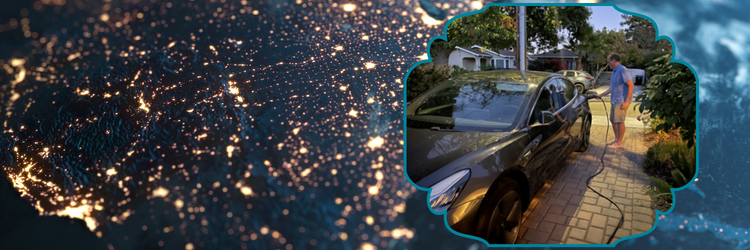Stanford: We’re Charging Our Cars All Wrong
Charging your EV in the evening or overnight? A new Stanford study says we’re doing it wrong.
The study focused on the western United States but can work with an array of populations. They published their findings in Nature Energy.
Rapid EV growth alone could increase peak electricity demand by up to 25%, given a continued dominance of residential, nighttime charging.
When EV penetration hits 30 percent to 40 percent of cars on the road, the grid will experience significant stress without major investments and changes in charging habits.
To combat this, researchers recommend that drivers move to daytime charging at work or public charging stations, which will also reduce greenhouse gas emissions.
Current time-of-use rates tell consumers to switch electricity use to nighttime whenever possible, including charging EVs and reflects a time pre- solar and wind power supplies. However, currently, California has excess electricity during late mornings and early afternoons, thanks mainly to its solar capacity. If owners charged EVs then, cheap power would be used and not wasted. Charging EVs at night means the state will need to build more generators – likely powered by natural gas – or expensive energy storage on a large scale.

